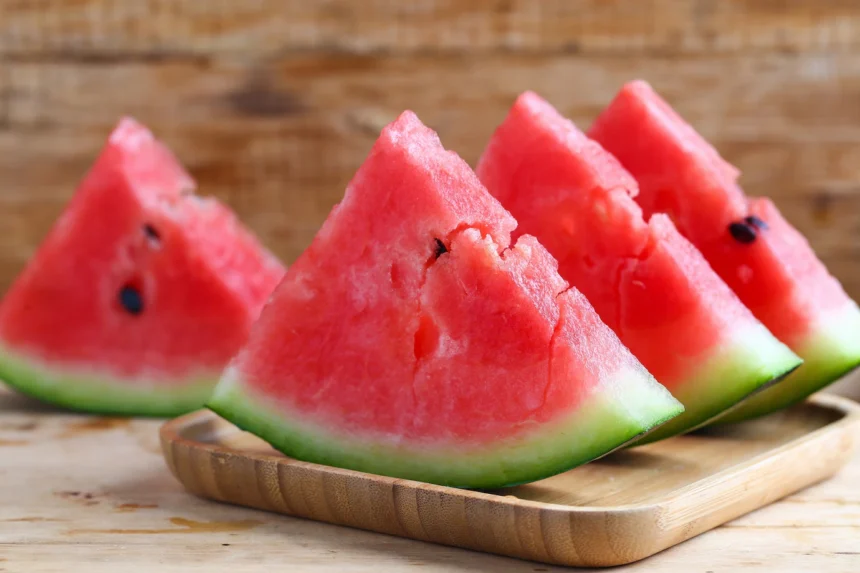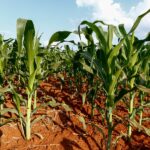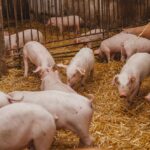Anthracnose is a fungal disease that affects many plants, including watermelons. Here are some symptoms of anthracnose to look out for in watermelons:
- Leaf Lesions: Anthracnose typically starts with small, water-soaked lesions on the leaves of the watermelon plant. These lesions are initially dark brown or black and may have a concentric ring pattern. Over time, the lesions can enlarge and become sunken.
- Stem Cankers: The fungus can also infect the stems of the watermelon plant, leading to the formation of cankers. These cankers appear as sunken, dark brown or black lesions on the stem. They may girdle the stem, causing wilting and dieback of the affected plant parts.
- Fruit Rot: One of the most significant symptoms of anthracnose in watermelons is fruit rot. Infected fruits develop circular or irregularly shaped lesions that are sunken, dark brown, or black. The lesions may have a water-soaked appearance initially and can enlarge rapidly, affecting the entire fruit. As the disease progresses, a pinkish or orange spore mass may develop in the center of the lesion.
- Vine Lesions: Anthracnose can cause lesions on the vines of the watermelon plant. These lesions are similar to the leaf lesions and may appear as small, dark spots or elongated streaks. Infected vines may eventually become weakened, leading to vine collapse.
- Leaf Blight: In some cases, anthracnose can cause a blighting effect on watermelon leaves. The leaves may turn yellow or brown, with lesions extending along the veins and leaf margins. This can lead to premature defoliation, weakening the plant.
It’s important to note that these symptoms can also be caused by other diseases or environmental factors. If you suspect anthracnose or any other disease in your watermelon plants, it is recommended to consult with a local agricultural extension service or plant disease expert for accurate diagnosis and appropriate management strategies.
Join 'Farmers Mag' WhatsApp Channel
Get the latest Farming news and tips delivered straight to your WhatsApp
CLICK HERE TO JOIN






